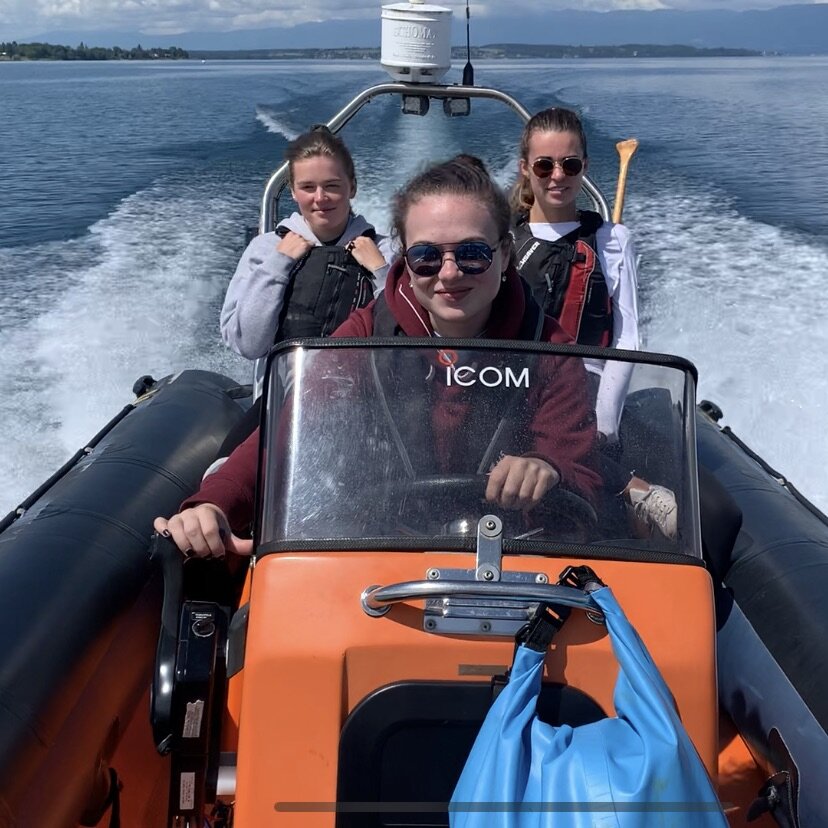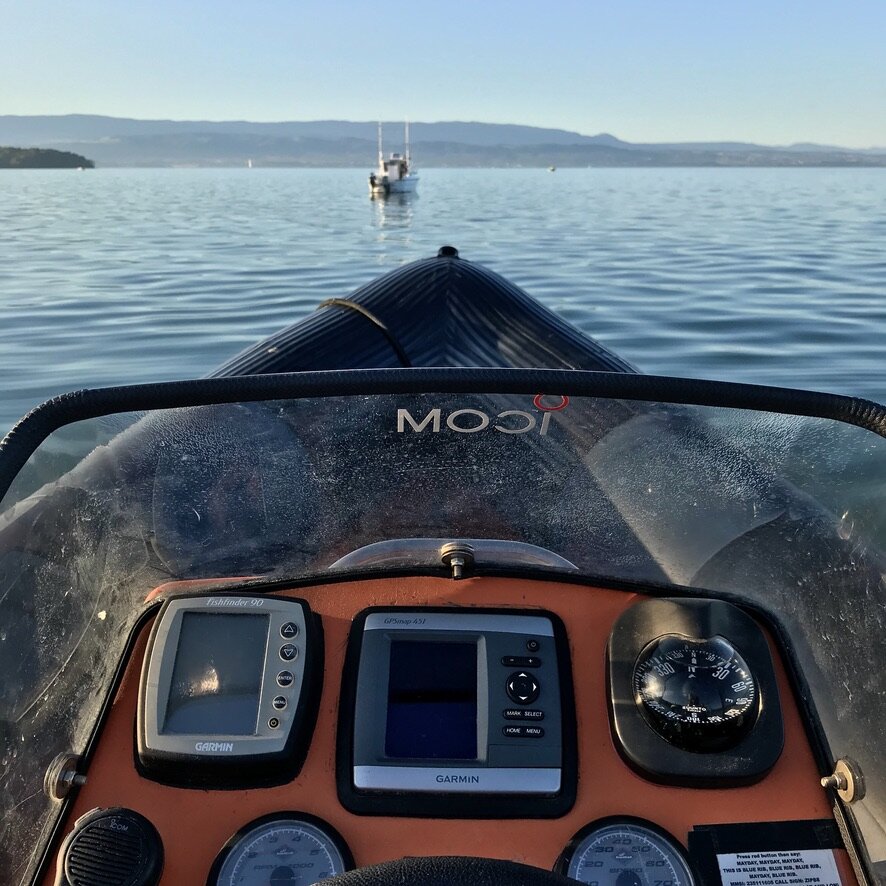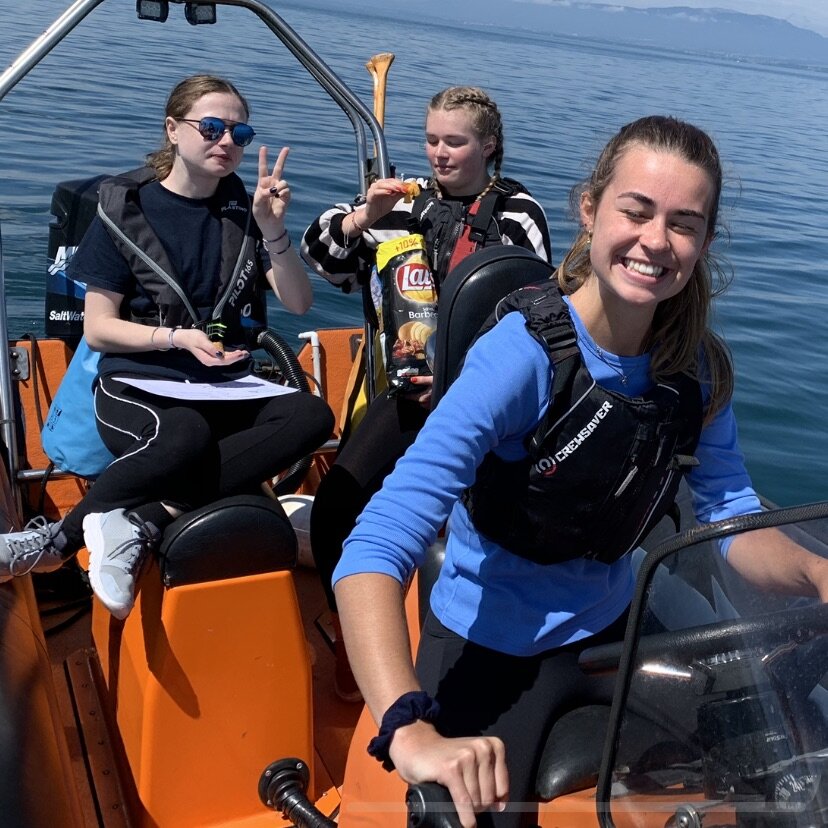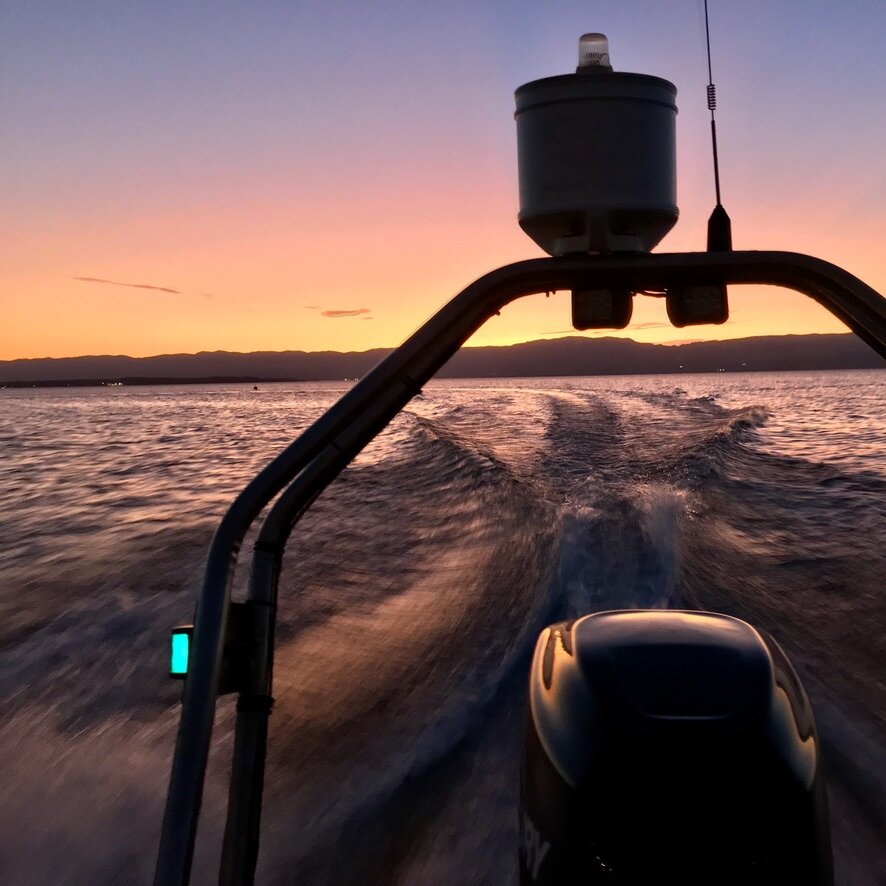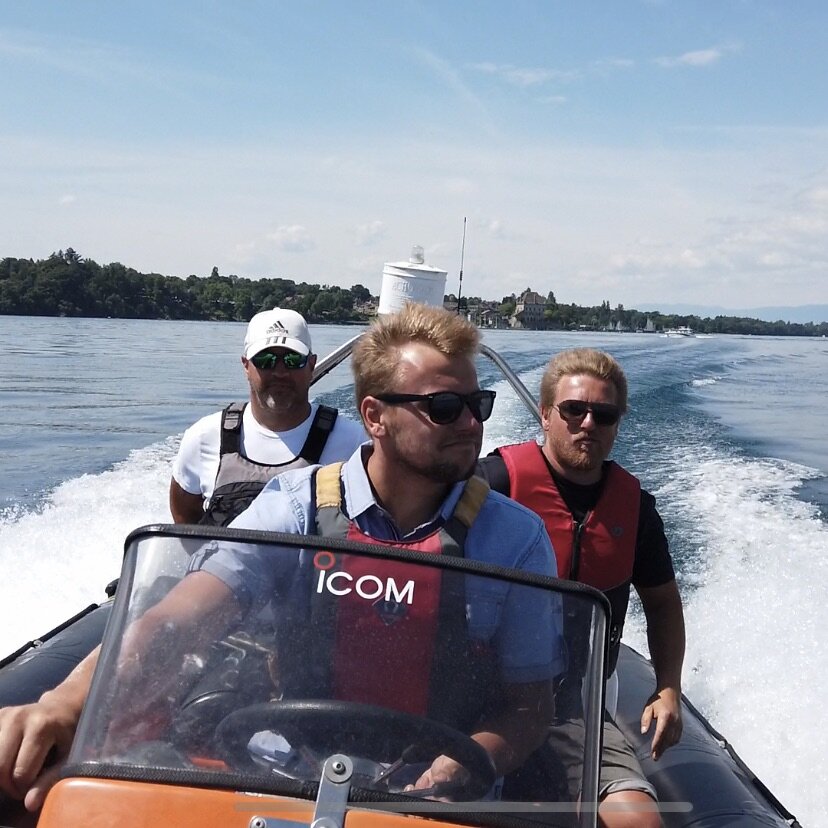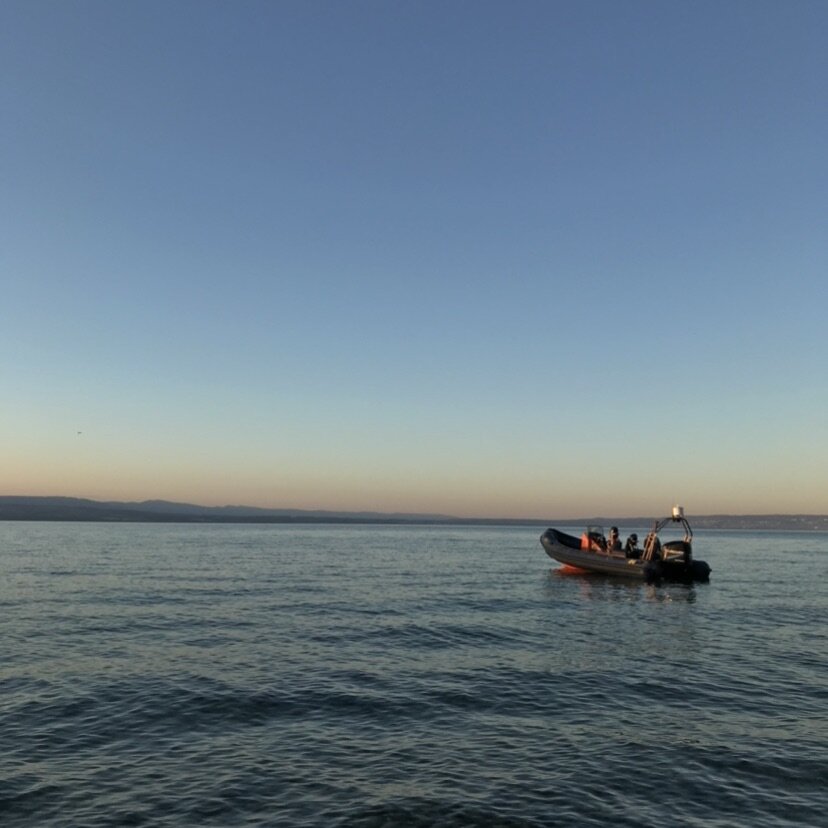
RYA ICC Direct Assessment.
ICC Direct Assessment.
Experienced powerboaters are able to take an ICC assessment of competence at the Sail Thonon RYA recognised training centre.
The ICC certificate can be used to validate the power category, limited to vessels up to 10m LOA, on Coastal Waters. Details below.
The CEVNI has to be completed for the ICC to be valid for Inland waters.
It is possible for the assessment to be conducted over half a day, but time is allowed for some coaching input in order to refresh experienced powerboaters in areas they may fall below the standard required for the ICC.
Look through the list below to see the topics you will be assessed on.
Many people choose to attend the 2 day RYA Level 2 course rather than just doing the 1 day Direct assessment. Using the course as a refresher and to ensure they are familiar with all the aspects required to pass the ICC Direct Assesment.
The Powerboat Assessment will cover:
SKILLS
1. Preparation,
Give safety briefing including use of safety equipment
Obtained and assessed appropriate weather forecast
Pre-start engine checks
Use kill cord
Start engine
Check cooling
Knows fuel range
2. Depart from pontoon
Understand use of springs to depart from lee wall or pontoon
Communicate effectively with crew
Position fenders correctly
3. 360˚ turn in confined space
4. Mooring to a buoy and anchoring
Communicate effectively with crew
Anchoring (deploy and set anchor, check holding, recover and stow anchor)
Mooring buoy (prepare warp, choose correct angle and control speed on approach, secure boat effectively to mooring buoy, depart from mooring safely)
5. Man overboard
Observe MOB or instruct crew to do so
Demonstrate correct direction and speed of approach
Make suitable contact with MOB
6. Planing Speed Manoeuvres
Choose suitable area
Show awareness of other water users
Warn crew before each manoeuvre
Look round before S and U turns
Control speed on U turns
7. Coming alongside windward pontoon
Communicate effectively with crew
Show awareness of other water users
Prepared warps / fenders
Choose correct angle of approach
Control speed of approach
Stop boat in place required and secure to pontoon
Stop engine
REGULATIONS
Knows responsibility for keeping a proper lookout
Can determine a ‘safe speed’
Can recognise a potential collision situation
Can identify ‘give way’ vessel in a collision situation
Knows action to take as ‘give way’ and ‘stand on’ vessel
Knows responsibilities of small vessel in narrow channel
Can recognise manoeuvring signals (1, 2, 3 & 5 blasts)
Can make and recognise visual distress signals
SAFETY
1. Is able to use and instruct crew on the use of:
Lifejackets
Distress alerting (e.g. DSC VHF, EPIRB, Flares, etc.)
Fire extinguishers
Kill cord
2. Can prepare a boat for use and take sensible precautions before setting out, including:
Engine checks
Check fuel for range / duration of trip
Obtain weather forecast
Avoid overloading boat
The Coastal Waters Theory Assessment will cover:
PLANNING
Sources of weather information, interpreting a forecast and its impact on a passage
Can prepare a simple passage plan (tidal and non-tidal)
COLLISION REGULATIONS (IRPCS)
Knows rules relating to Traffic Separation Schemes
Knows requirements for navigation lights and shapes to be displayed on vessel
Can recognise the following from the lights: power driven, sailing vessel, vessel at anchor, tug and tow, dredger
Knows sound signals to be made by: power driven vessel, sailing vessel, vessel at anchor, tug and tow, dredger
Knowledge of all other rules (excluding annexes)
NAVIGATION
Can interpret a navigational chart, understand significance of charted depths and drying heights and can identify charted hazards
Knows sources of information on: local regulations, port entry and departure signals, VTS and Port Operations Radio
Can plan a harbour entry / departure, taking account of possible presence of large vessels and avoiding navigational hazards
Can fix a position and understands the importance of verification of position from at least two sources
Can source weather information, interpret a forecast and its impact on a passage and the sea state
Understands various methods of sending a distress signal with reference to annex IV of the International Regulations for Preventing Collisions at Sea (IRPCS)
Duration - One day
Previous knowledge required - equivalent to RYA Level 2 or above
Minimum age - 18 yrs
Cost - €295
